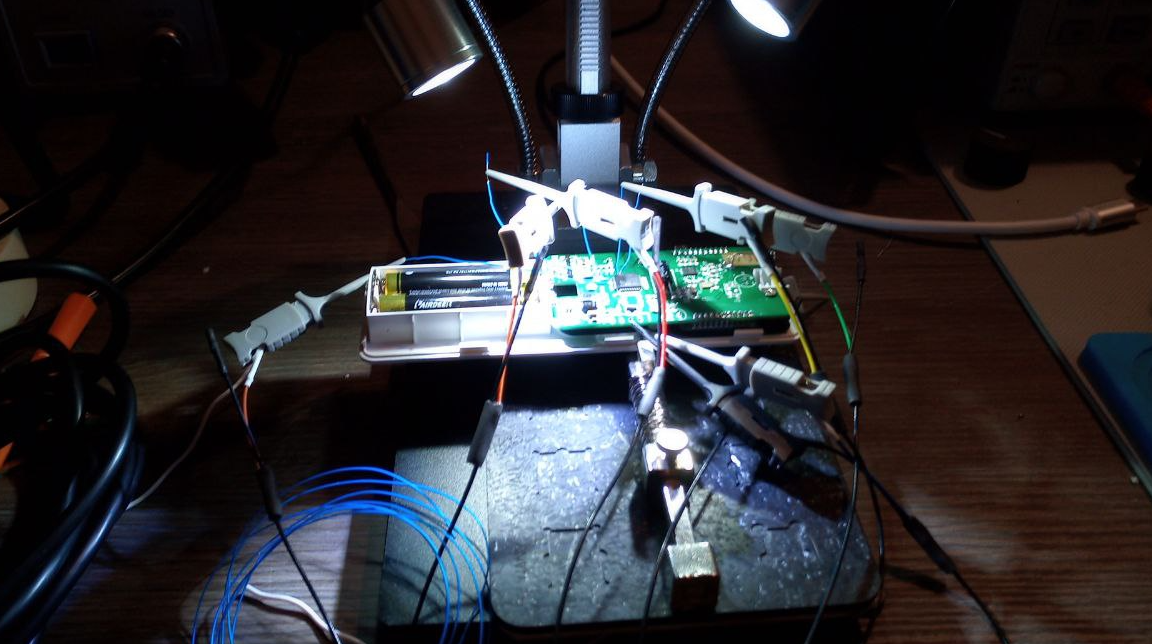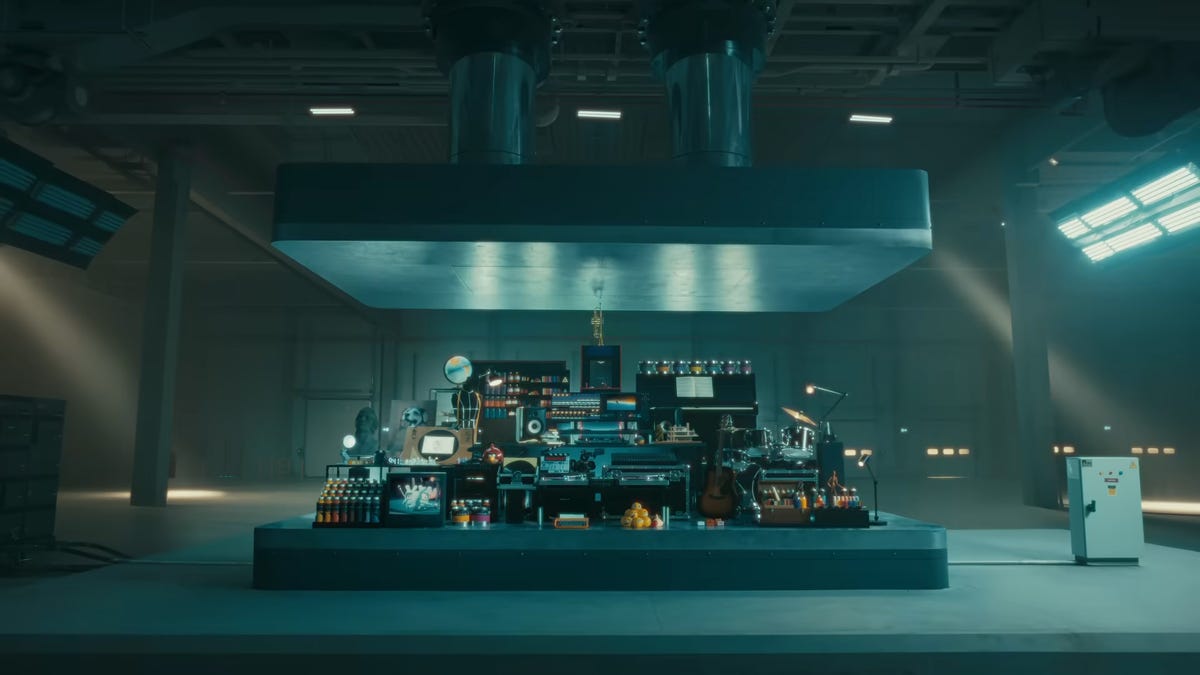![Trajectory Reverse Engineering A strategy for transferring spacecraft trajectories between flight mechanics tools, called Trajectory Reverse Engineering (TRE), has been developed[1]](https://www.nasa.gov/wp-content/uploads/2024/04/screenshot-2024-04-26-at-11-15-08-am.png)
Trajectory Reverse Engineering
A strategy for transferring spacecraft trajectories between flight mechanics tools, called Trajectory Reverse Engineering (TRE), has been developed[1]. This innovative technique has been designed to be generic, enabling its application between any pair of tools, and to be resilient to the differences found in the dynamical and numerical models unique to each tool. The TRE technique was developed as part of the NESC study, Flight Mechanics Analysis Tools Interoperability and Component Sharing, to develop interfaces to support interoperability between several of NASA’s institutional flight mechanics tools.
The development of space missions involves multiple design tools, requiring the transfer of trajectories between them—a task that demands a large amount of trajectory data such as frames, states, state and time parametrizations, and dynamical and numerical models. This is a tedious and time-consuming task that is not always effective, particularly on complex dynamics where small variations in the models can cause trajectories to diverge in the reconstruction process.
The TRE strategy is a trajectory-sharing process that is agnostic to the models used and performed through a common object: the spacecraft and planet kernels (SPK), developed at JPL Navigation and Ancillary Information Facility. The use of this common object aims to lay the groundwork for a global flight mechanics tool interoperability system (Figure 1).
Leave a Comment
Related Posts














/cdn.vox-cdn.com/uploads/chorus_asset/file/25330654/STK414_AI_CHATBOT_E.jpg)








